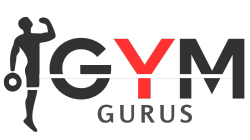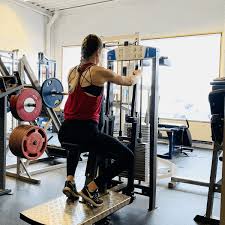What Are Reverse Flys?
Reverse flys (also known as reverse fly, rear delt fly, or bent-over reverse fly) are an essential isolation exercise targeting the posterior deltoid muscles of the shoulders and the upper back. They are commonly used in strength training programs to improve shoulder health, enhance posture, and develop upper body symmetry. Unlike pressing or pulling compound movements, reverse flys focus on a smaller group of stabilizing muscles, making them especially effective for correcting muscular imbalances.
In simple terms, a reverse fly involves extending your arms out to the sides in a “flying” motion while maintaining a bent-over position. This movement mimics spreading your arms like wings, activating your rear delts and scapular stabilizers.
Reverse Fly vs Reverse Flys: What’s the Difference?
In fitness discussions, you’ll see both terms—reverse fly and reverse flys—used interchangeably. Technically, reverse fly refers to a single repetition or the movement itself, while reverse flys is the plural form used to describe the exercise generally or in sets and reps. For the purpose of SEO and user clarity, we’ll use both terms naturally throughout the content.
Purpose of the Reverse Flys Exercise
The main goal of reverse flys is to isolate the rear deltoids, a frequently neglected part of the shoulder muscle group. This isolation helps in:
-
Enhancing shoulder strength and mobility
-
Improving posture by pulling the shoulders back
-
Reducing risk of injury from imbalances caused by overtraining chest/front delts
-
Supporting shoulder joint stability during other compound lifts
Muscles Targeted by Reverse Flys
While reverse flys may appear simple, they effectively engage multiple muscles:
| Primary Muscles | Secondary Muscles |
|---|---|
| Posterior Deltoids | Rhomboids |
| Infraspinatus (rotator cuff) | Middle Trapezius |
| Teres Minor (rotator cuff) | Lower Trapezius (in some variations) |
These muscles play a crucial role in pulling your shoulder blades together and externally rotating the arms—key functions for shoulder health and scapular control.
Who Should Do Reverse Flys?
Reverse flys are highly beneficial for:
-
Bodybuilders: To develop rounder, fuller shoulders
-
Athletes: To improve shoulder stability and reduce injury risk
-
Office workers or students: To correct forward-rounded posture
-
Beginners: To build a foundation for compound movements like rows or pull-ups
-
Rehabilitation patients: With guidance, reverse flys are used in physical therapy programs to restore shoulder function
According to the Journal of Strength and Conditioning Research, isolation exercises like reverse flys help activate muscles that are otherwise underutilized in standard pushing or pulling workouts. This makes reverse flys a vital component in balanced upper body programming.

